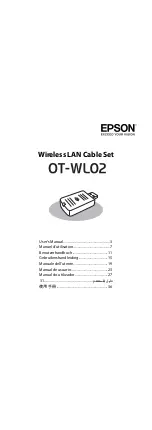
3
Before you start
Ultrium tape drives are high performance, Ultra 3 SCSI devices designed to operate on a low
voltage, differential SCSI bus (LVDS). They can be connected to a SCSI connection on a server
or fibre channel/SCSI bridge. To get optimum performance from your tape drive you need a
SCSI bus that can transfer data at a rate that supports the tape drive’s maximum burst transfer
speed of 160 MB/second. We recommend an Ultra 3 (160) or Ultra 4 (320) SCSI bus.
Before starting to install your tape drive, you should consider the following:
How do I use the tape drive with my system?
Check the usage models on page 7. This shows how the Ultrium tape drive can be used in
different system configurations; direct attach, network attach and storage area network.
How do I connect the drive to my server or fibre channel bridge?
Your tape drive is supplied with a 68-pin, wide, VHD-to-HD SCSI cable to attach to the host
server or fibre channel bridge.
Fibre channel connection
If you are using your tape drive on a fibre channel (FC) network, you will need a FC/SCSI
bridge with a spare LVDS SCSI port with a 68-pin, very high density (VHD), wide SCSI
connector.
If you are attaching your tape drive to a SAN environment,
refer to your SAN solution
collateral or configuration guides for further details.
Server connection
If you are attaching the drive to a server, you will need a properly installed and configured
SCSI host bus adapter (HBA) or a built-in SCSI controller on your server with a spare LVDS
SCSI port with a 68-pin, very high density (VHD), wide SCSI connector.
For optimum performance your tape drive should only be connected to an Ultra 3 (160) or
Ultra 4 (320) host bus adapter or SCSI controller and it should be the only device on the SCSI
bus. Do
not
attach the drive to the same SCSI bus as your disk drive or RAID controller.
See also Table 1, “supported SCSI bus types,” on page 9.
gen2 external oem.fm Page 3 Thursday, February 13, 2003 3:02 PM
Summary of Contents for Ultrium Generation 2
Page 1: ...8OWULXP HQHUDWLRQ WHUQDO 7DSH ULYHV HWWLQJ 6WDUWHG XLGH...
Page 2: ......
Page 12: ...10 3 Figure 3 checking the SCSI ID...
Page 14: ...12 Figure 4 connecting the SCSI cable SCSI IN Connector SCSI OUT Connector...
Page 16: ...14 Figure 5 connecting the power cable...
Page 22: ...20 Figure 8 write protecting cartridges padlock indicates cartridge is protected...
Page 36: ...34...






































